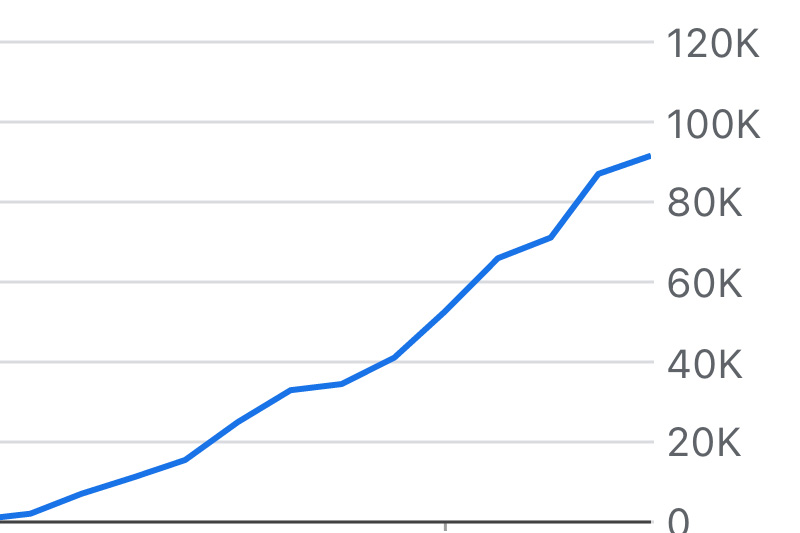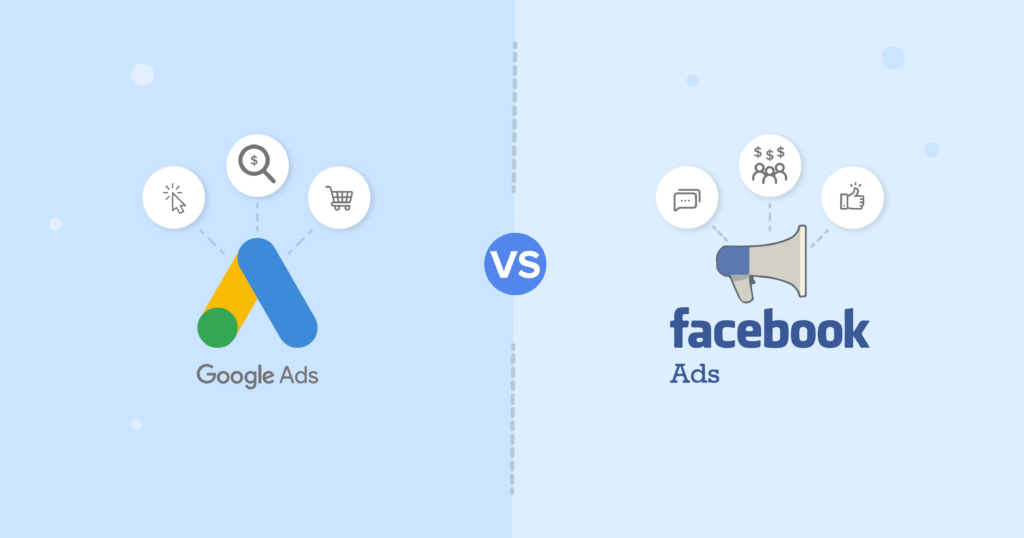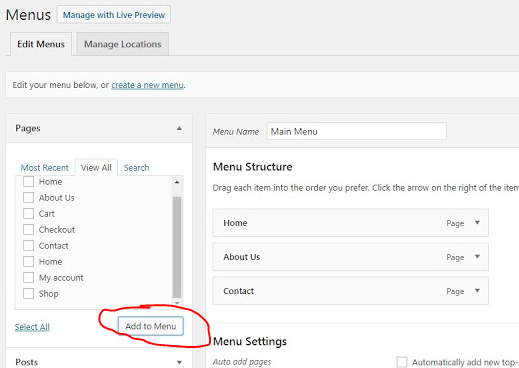Scaling website traffic from 5k to 100k (or more) monthly visitors isn’t magic—it’s a combination of strategy, testing, and optimizing every step of the customer journey. Here’s how Heroclip achieved explosive growth by leveraging creative experimentation, funnels, and Facebook ads.
The Power of Testing: How Variations Drive Success
The key to scaling is testing as many variations as possible. Forget 2-10 variations—try 30 or even 100. Here’s why:
- Data-Driven Decisions: By testing 100+ combinations of images, copy, and headlines, you gain a relative comparison to identify what resonates with your audience.
- Creative Diversity: Don’t just rehash the same angles. Push the creative limit to appeal to diverse customer psychologies—discount seekers, lifestyle enthusiasts, emotional buyers, and more.
This approach often uncovers creative assets with CTRs of 3-5% or higher that outperform the usual 0.5%-1.5%.
Why a Systematic Approach Beats Guesswork
Random testing doesn’t work. Heroclip’s four-step process ensures structured testing and progression:
- Step 1: Begin with creative testing. Focus on identifying winning images, copy, and angles by testing variations at smaller budgets.
- Step 2: Use the winners to refine and scale campaigns.
- Steps 3 and 4: Introduce advanced strategies like audience optimization and conversion-based objectives in the correct order to ensure consistent performance.
Avoid the Biggest Beginner Mistake
Many new advertisers jump straight to advanced strategies like conversion-focused objectives without understanding when they’re actually effective. Starting with creative testing ensures you have strong, optimized assets before layering in complex tactics.
From CTR to ROI: The Compound Effect
Incremental improvements across ad CTRs, landing page conversions, and email click rates compound over time. A 1% increase in each step of the funnel can exponentially boost overall performance, turning small gains into massive results.
Summary: The Road to 100k+ Visitors
- Test relentlessly—30+ variations per test if possible.
- Focus on creative diversity to connect with different customer psychologies.
- Progress systematically through structured steps for Facebook ads and funnels.
- Make data-driven decisions and scale winners intelligently.
By following these strategies, Heroclip achieved a 20x increase in daily traffic and sales in just a week. Ready to try it for your own brand? Stay tuned for a detailed case study breaking down all four steps.




